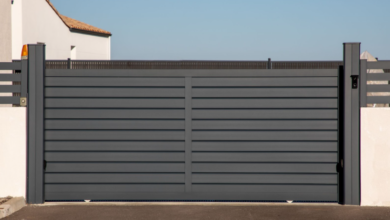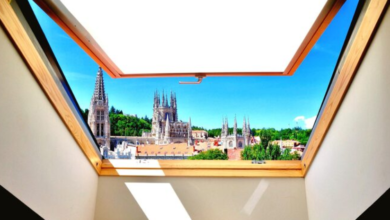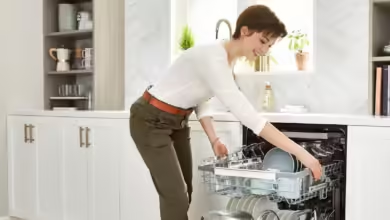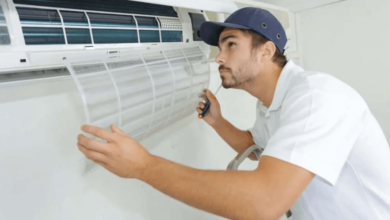Keeping Cozy: Top Tips for Better Home Insulation
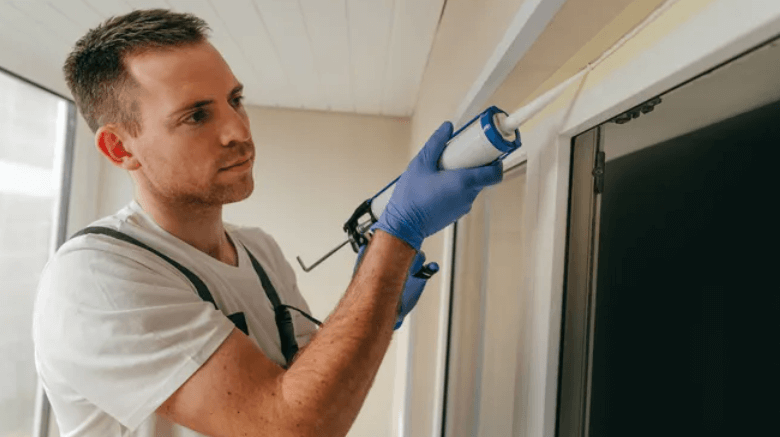
When winter winds blow or summer sun scorches, your home’s insulation becomes your first line of defense. Proper insulation not only keeps your living space comfortable year-round but also cuts energy costs and reduces your carbon footprint. Whether you’re renovating an old house or building a new one, improving your insulation is a smart investment. Here’s a guide to the top tips for better home insulation and how to keep things cozy, no matter the season.
1. Understand Where Heat Escapes
Before you can improve insulation, it helps to know where you’re losing energy. Common trouble areas include:
- Attics and roofs
- Walls (especially exterior walls)
- Floors above unheated spaces (like garages or crawl spaces)
- Windows and doors
- Air leaks around outlets, vents, and light fixtures
Conducting a home energy audit—either DIY or professionally—can help identify the weak points in your home’s thermal envelope.
2. Start with the Attic
Your attic is often the biggest culprit when it comes to heat loss. Since warm air rises, much of your home’s heat can escape through the roof if it’s not properly insulated. Adding or upgrading attic insulation is one of the most cost-effective ways to improve energy efficiency.
Options for attic insulation include:
- Fiberglass batts
- Blown-in cellulose or fiberglass
- Spray foam insulation for hard-to-reach areas
Make sure attic vents are not blocked to maintain proper airflow and prevent moisture buildup.
See also: Home Finance Strategies to Help You Save More
3. Insulate Walls the Smart Way
Exterior walls are another major area of energy loss, especially in older homes. If your walls aren’t properly insulated, your HVAC system has to work overtime. Depending on your budget and wall type, you can choose from:
- Blown-in insulation (a good option for retrofitting)
- Foam board insulation
- Spray foam for sealing gaps and cavities
For new construction or major renovations, structural insulated panels (SIPs) offer excellent thermal performance.
4. Don’t Forget the Floors and Basement
Floors above unheated areas, like garages or crawl spaces, and unfinished basements can allow cold air to seep in and warm air to escape. Add insulation to:
- Basement walls (foam board or spray foam)
- Rim joists
- Subfloors using batt insulation or rigid foam
A properly insulated basement can also help reduce moisture problems and make the space more usable.
5. Seal Air Leaks
Even the best insulation won’t help much if air leaks go unchecked. Use caulk, weatherstripping, or spray foam to seal:
- Gaps around windows and doors
- Cracks in the foundation
- Openings for pipes, wiring, and vents
- Around electrical outlets and switch plates (foam gaskets can help)
Stopping drafts will make your home more comfortable and energy-efficient almost instantly.
6. Upgrade Windows and Doors
Windows and doors are critical components of your home’s insulation system, especially in climates like Utah’s, where temperature fluctuations can be extreme. If you’re dealing with single-pane windows or drafty entryways, it’s worth considering an upgrade. Window replacement in Utah is a smart investment that can dramatically improve comfort and energy efficiency.
Opt for double- or triple-pane windows with low-E coatings, which help regulate indoor temperatures by reflecting heat. Upgrade to energy-efficient exterior doors with proper insulation and tight seals to prevent drafts. Adding storm windows or doors can also create an extra layer of protection against the elements.
For a more budget-friendly solution, try thermal curtains or insulating window film to minimize heat loss through glass and add a layer of warmth indoors.
7. Use Insulating Materials Wisely
Not all insulation is created equal. Different materials have different R-values—a measure of thermal resistance. The higher the R-value, the better the insulation. Choose materials based on your climate zone and specific needs. For example:
- Spray foam provides excellent air sealing and a high R-value
- Cellulose is eco-friendly and great for filling wall cavities
- Rigid foam boards offer high insulating power in small spaces
8. Maintain and Monitor
Once your home is well insulated, don’t set it and forget it. Over time, insulation can settle, shift, or degrade—especially if exposed to moisture or pests. Make seasonal checks part of your home maintenance routine:
- Inspect the attic and basement annually
- Replace damaged or wet insulation
- Re-seal any newly formed air leaks
Also, monitor your energy bills. A sudden spike could signal an insulation or air sealing problem.
Final Thoughts
Improving your home insulation is one of the most effective steps you can take toward creating a more comfortable, energy-efficient living space. It’s not just about staying warm in winter—it’s about maintaining consistent temperatures, lowering your energy bills, and protecting your home from the elements.
By targeting key areas like the attic, walls, and basement, and sealing those sneaky air leaks, you’ll enjoy a cozier home all year long. So grab that caulk gun or call in a pro—it’s time to keep cozy the smart way.

